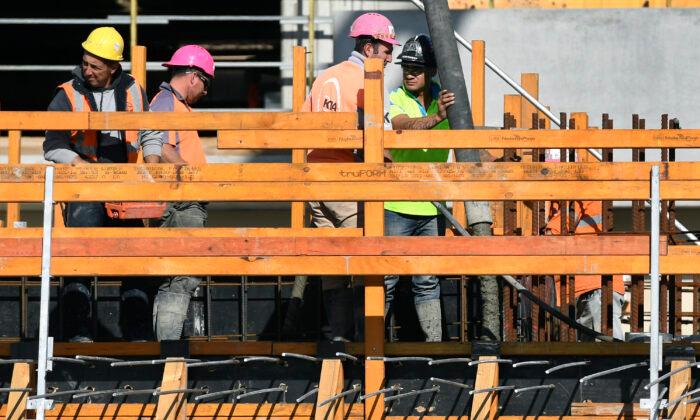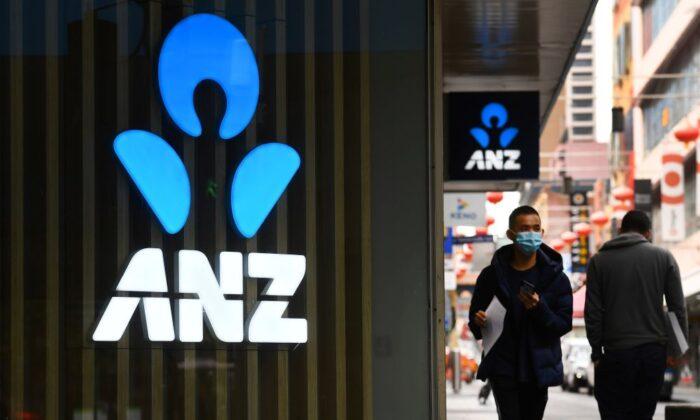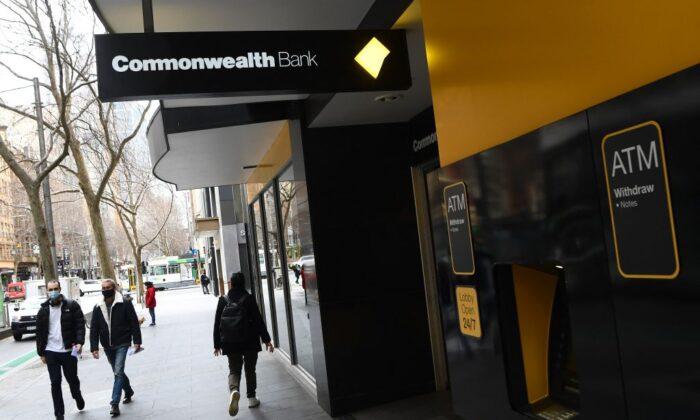The Reserve Bank of Australia (RBA) has articulated its concern over the fast-growing household debt amid the booming property market, warning that it poses potential risks to financial stability, and the regulator will intervene when necessary.
“Sustained strong growth in credit in excess of income growth may result in vulnerabilities building in a bank and household balance sheet,” she said on Sep. 22.
She added that the central bank is now monitoring the potential risks associated with the “dramatic rebound in the housing market” and “the accompanying rise in credit.”
“It is these macro-financial risks that warrant close watching,” she said. “Whether or not there is need to consider macro-prudential tools to address these risks is something we are continually assessing.”
A high level of debt poses risks to the economy because it would cause a sharp decline in household incomes as those in debt are more likely to curb their consumption, further “amplifying any economic shock and exacerbating the downturn.
“If rapid price rises ultimately prove to be unsustainable, they could lead to sharp declines in price and turnover in the future,” she explained, adding that it could also result in reduced spending in the economy.
The RBA also noted an increase in the amounts lent for the homes compared to the valuation ratios in 2020 and an increase in lending at high debt to income.
“APRA and the Bank are monitoring these trends closely,” Bullock said. “Given the potential for risks to be building, there is a question about what the authorities can do aside from monitor developments.”
RBA expects that the housing credit, which is currently growing at a rate of 7 percent, could reach 11 percent by early 2022. Unlike the 2014 mortgage surge driven by investment activities, current credit growth has coincided with a significant increase in owner-occupier lending.
Given this, Bullock argues that the RBA should use targeted measures that address the rising risks “arising from highly indebted borrowers,” she said.
“Tools that address serviceability of loans and the amount of credit ... obtained by individual borrowers are more likely to be relevant,” Bullock said.
The RBA’s concerns were echoed by the nation’s largest bank, Commonwealth Bank of Australia (CBA).
CBA chief executive Matt Comyn said on Sep. 23 that proactive steps must be taken now to cool soaring house prices.
He told the committee that CBA has already raised its benchmark serviceability floor–the rate at which the bank tests a borrower’s ability to pay if interest rates rise –in anticipation of potential risks.
“I think we all would have our share of concern about making sure that Australia’s households are in a strong position to continue to repay, but also support broader consumption in the economy in the second half of this decade if interest rates are rising, and if potentially they would rise more quickly,” he said.
Record-low mortgage rates, government incentives and increased household savings have fuelled a nationwide buying frenzy.
While the property market momentum is expected to continue, there are signs that more households are coming under financial stress.





